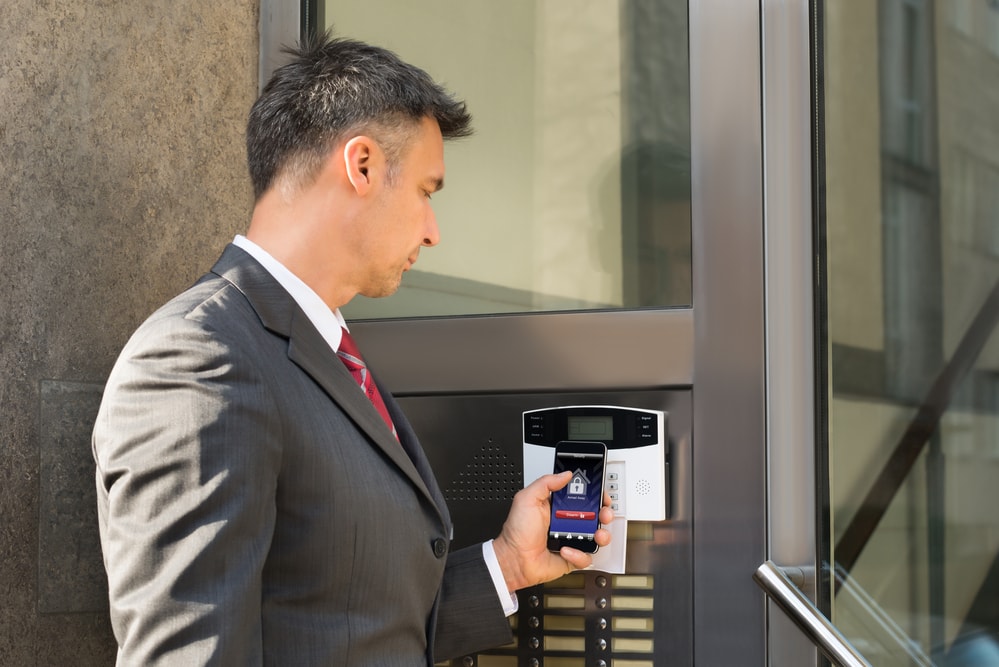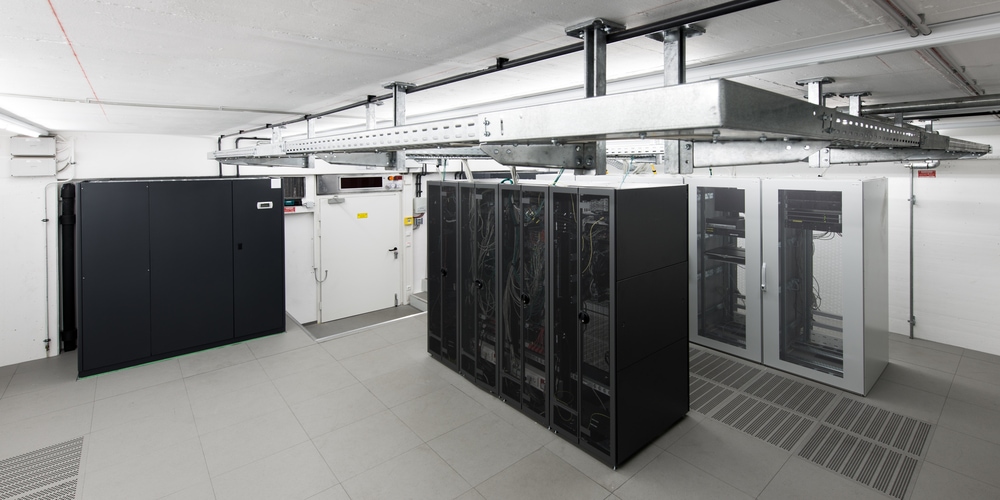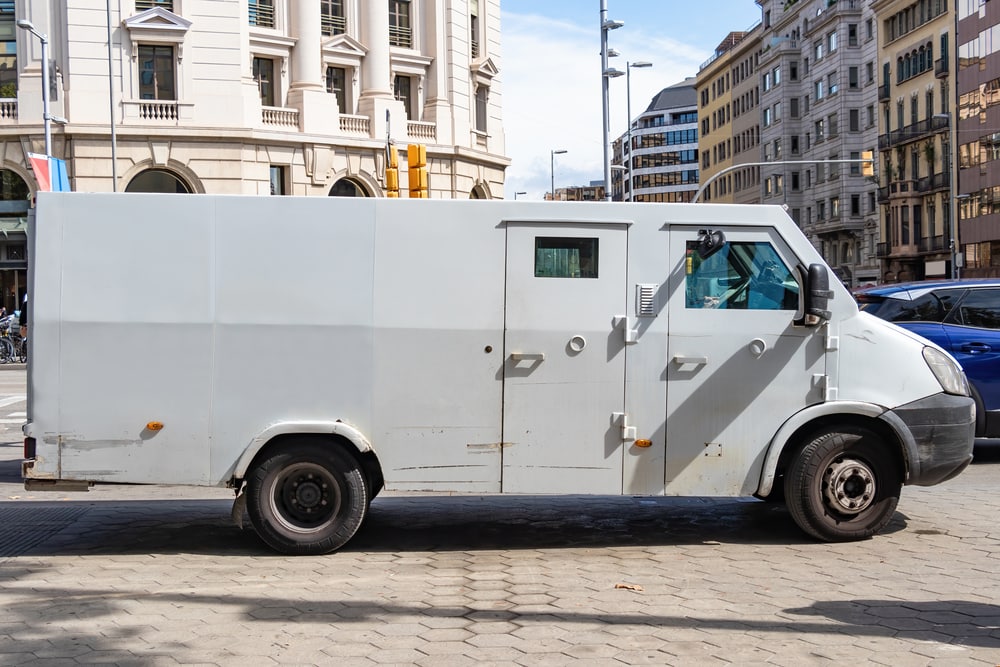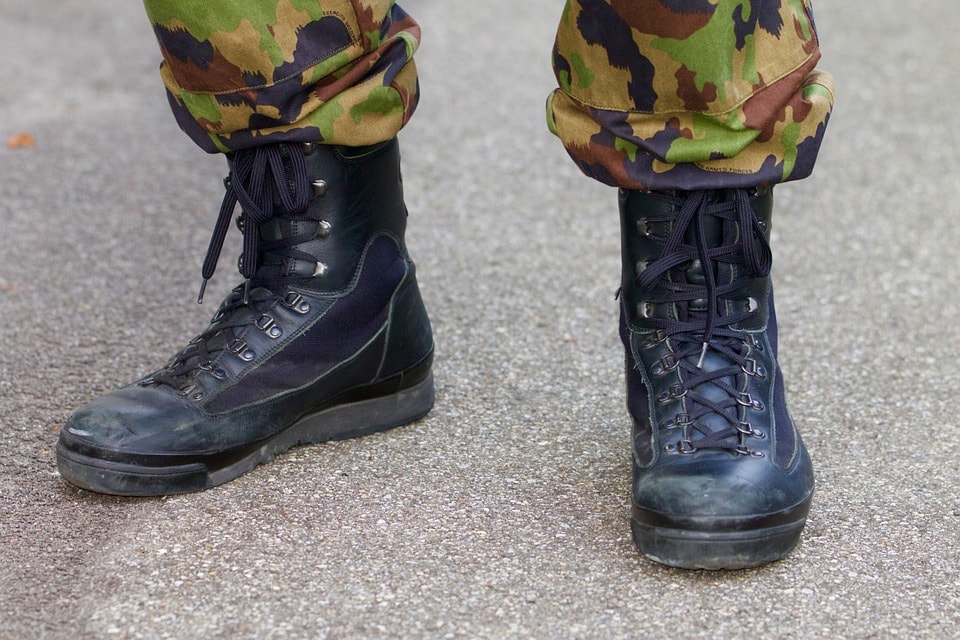Mobile access solutions on trend?
According to a global study, more than half of organizations plan to upgrade their access control components with mobile access solutions.

According to the report "2021 State of Physical Access Control Report.",which was conducted by HID Global and the security association Asis International, many companies have set themselves the goal of making access management more intelligent by means of digital processes. Half of the companies surveyed are thinking of converting to mobile access solutions. The main reason: the use of a digital, cloud-based platform could also greatly simplify and improve access control, for example by enabling access information to be provided and withdrawn again remotely, according to the study's initial findings.
However, for many respondents, the biggest difficulty of new networking is implementation (46 percent) or managing multiple credentials in different systems (45 percent). The number of companies that could implement more is over 50 percent, according to the HID Global survey, as these are mostly used in convergence projects when closer integration of building management with security technology and IT becomes necessary.
Touchless functions as the next feature
61 percent of those responsible for physical access control systems report that they would cooperate more closely with IT managers to implement the best possible security standards. Fifty-two percent of respondents report that they will look to IT for new technologies for these purposes. Respondents said that touchless capabilities were the most important feature they hoped to see in new access systems. However, touchless access solutions are also tied to new requirements such as contact tracking and real-time location services (RTLS).
Trend towards more user-friendliness
According to the study, nearly 37 percent of survey participants said they know a large number of employees and visitors, but not their location. Another 32 percent do not know the number or real-time location of their employees and visitors on company property, according to the survey. Twenty-one percent of companies still rely on paper lists to log their visitors and building usage.
In general, he said, the industry is trending toward secure access control technologies that emphasize ease of use and efficient login management.
By 2020, at least 58 percent of companies are expected to have deployed at least one form of secure logon technology. "Mobile" is considered a leading thrust of advanced credentialing technologies that puts access control in the hands of employees, contractors and visitors, according to the study.
The entire trend report is now available as a PDF freely accessible.















